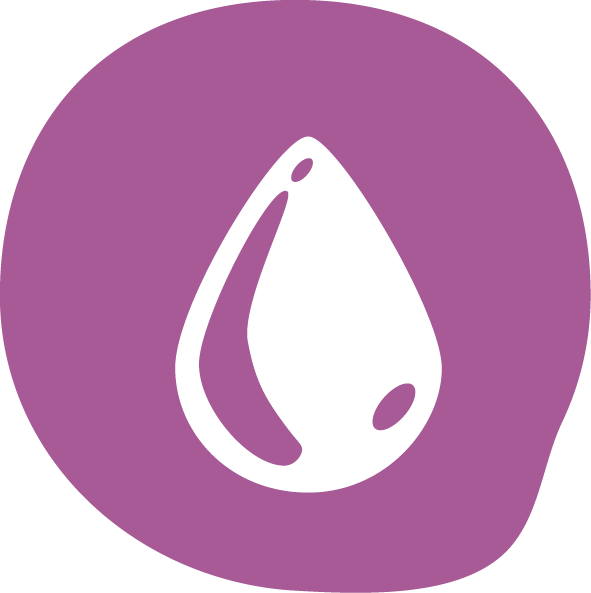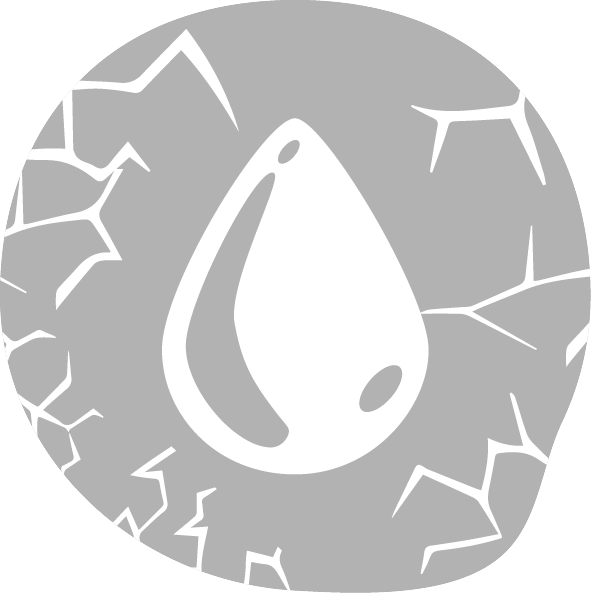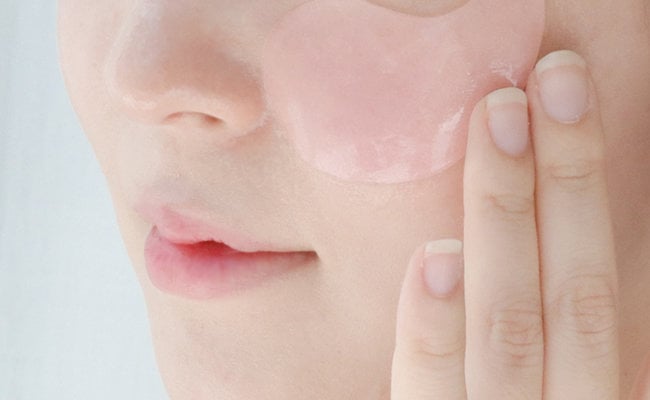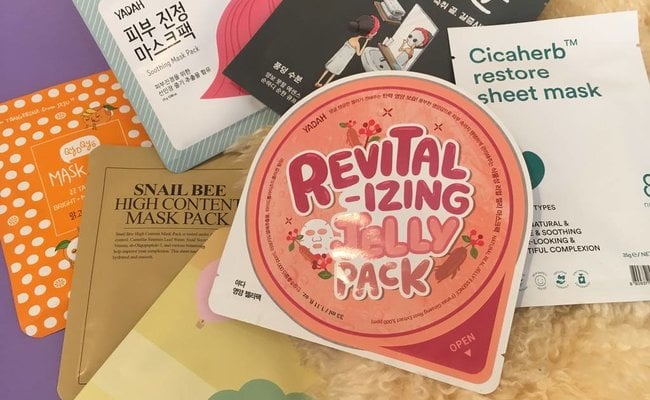-
Alle Produkte dem Warenkorb hinzugefügt.
Glossary
| ... | A | B | C | D | E | F | G | H | I |
| J | K | L | M | N | O | P | Q | R | S |
| T | U | V | W | X | Y | Z |
...
1 day 1 mask
A term for the popular trend where people apply a sheet mask every day.
7-skin method
A term for the popular method where an essence toner or essence is applied in several layers after cleaning. These layers often replace (essence), serum and moisturizer.
A.
Acid / acidic
Naturally, a healthy skin is always a bit acidic. In skin care we often come across the following acids: Ascorbic Acid (synthetic form of vitamin C), Azelaic Acid (mild acid, suitable for sensitive skin), Citric Acid (an AHA obtained from citrus fruit), Ferulic Acid (an antioxidant and is commonly found in seeds of oranges and apples), Glycolic Acid (an AHA, reduced pigmentation, scars and wrinkles), Hyaluronic Acid (naturally present in our skin, attracts moisture and retains moisture), Lactic Acid (exfoliates, reduces wrinkles), Mandelic Acid (brightens the skin), Oleic Acid (fatty acid, ideal for dry skin), Salicylic Acid (reduces sebum production, ideal for oily skin and battles acne).
Acne
A skin condition that occurs when the hair follicles become clogged with oil and dead skin cells. It often causes whiteheads, blackheads or pimples and usually appears on the face, forehead, chest, upper back and shoulders. Acne is most common in teenagers, although it affects people of all ages.
Adenosin
A yeast-derived ingredient that functions as a good soothing and skin-repairing agent. Adenosine has proven anti-wrinkle effects due to its ability to activate the skin surface, making it look smoother and younger. It is naturally present in the body, adenosine is a beneficial ingredient that can be used for all skin types.
AHA / Alpha Hydroxy Acid
The most commonly used in cosmetic applications are usually similar to those in foods such as glycolic acid (found in sugar cane), lactic acid, malic acid, citric acid, and tartaric acid (found in grape wine) - although the source of the AHA's in cosmetics is predominantly synthetic or comes from of bacterial or fungal fermentations. For any local compound that is effective, including AHA, it must penetrate the skin where it can act on living cells. Glycolic acid, with the smallest molecular size, is the AHA with the greatest bioavailability and is easiest to penetrate the skin; this largely explains the popularity of this product in cosmetic applications
Alcohol
Is an organic compound in chemistry. In cosmetics, a distinction is made between 3 types of alcohol: simple alcohol (disinfecting) - Alcohol, Alcohol Denat., Ethanol Alcohol, Ethyl Alcohol, fatty alcohol (emollient) - Cetearyl Alcohol, Cetyl Alcohol, Stearyl Alcohol, aromatic alcohol (fragrance) - Phenethyl Alcohol, Benzyl Alcohol.
Allantoin
Provides a natural protector for healing skin and is believed to promote cell regeneration. By stimulating the natural rejuvenation process, allantoin can help eliminate acne scars and create a more balanced skin tone.
Alkaline
A water-soluble base that has a pH value greater than 7.0. Salt is an alkali. In skincare it is translated into dry skin or a product that can dry the skin.
Aloe / Aloe Vera / Aloe Barbadensis
A succulent plant whose plant juice can be used as a wound remedy and for sunburn. It is often used in cosmetics, while the flesh is usually processed in drinks.
Amino acid
Building blocks of peptides and proteins and are naturally present in your skin. They ensure and hydrate the skin for healthy, supple and resilient skin. As an ingredient in skin care, it helps to reduce signs of skin aging
Antioxidant
Can limit / delay the damage caused by free radicals. Young skin is usually full of antioxidants that protect the skin, but over the years our skin will slowly diminish the ability to produce these antioxidants.
B.
Beta-Glucan
Is a chain of sugars and for cosmetic purposes it is obtained from yeasts. It helps in the fight against bacteria, fungi and viruses on the skin and protects it against harmful environmental factors and promotes skin repair. It can form a layer on the skin that prevents moisture loss through evaporation.
Betain
Works primarily as a moisture retention and non-irritant in cosmetic products. When used in skin care products, it can temporarily reduce the depth of wrinkles, making the face look much more even.
Betula Platyphylla (Birch)
Birch is a tree species whose sap is often used in beverages and personal care products.
BHA / Beta Hydroxy Acid
An excellent exfoliant, breaks down oil and clogged pores, also has an anti-inflammatory effect. Salicylic acid is a known BHA, this is ideal for acne (sensitive) skin and oily skin types.
Blackheads
Sebum clogged in a pore that is discolored by oxidation.
Butylene Glycol
Butylene glycol is a small organic alcohol that is used as a solvent and conditioning agent. A commonly used ingredient that has multiple functions in cosmetics, including as a texture improver.
C.
Ceramide
Are found as fats in the surface of our skin. It is the component that holds our skin together, protects and prevents moisture loss. The combination of sun and aging means that our own Ceramides work less effectively or even do not do their work at all anymore. Which causes a weakened skin barrier, dry, dull and rough skin, wrinkles, pigmentations and irritations.
Centella Asiatica / Gotu Kola / Cicaherb
Traditionally, it is used as a medicinal herb for wound repair. Often used in medicines for against eczema, psoriasis and other home disorders. It is also called 'Tigergrass' because injured tigers are often spotted rolling by these plants. It is rich in amino acids, beta carotene, fatty acids, and phytochemicals.
Collagen
A skin's own component that is sufficiently produced in our younger years to keep the skin young, supple and firm. The production of these decreases with the increase of our age.
Chemical peeling
Removing the skin layer (dead skin cells) by means of ingredients, often acids such as AHA, BHA, retinol.
D.
Disodium EDTA
Is present in almost every care product to keep it sustainable. It ensures that the product retains its clear viscosity, does not stink and retains its texture.
Double cleanse
A term that is often used in Korean skincare routine which refers to the first cleansing of oil and makeup by using. an oil-based cleanser or makeup remover and then continue with water-based cleanser.
E.
Eczema
A skin condition with itchy skin rash, redness, swelling, flakes, bumps, fissures or scabs. Dry and / or warmed skin can be the cause.
Emollients
Emollients in cosmetics used to protect, moisturize and keep the skin supple. On a healthy skin, these functions are often performed by sebum.
Epidermis
Often refers to the outer skin layer: the epidermis.
EWG / Environmental Working Group
Is an American non-profit activist group specializing in research and advocacy in the field of agricultural subsidies, toxic chemicals, drinking water pollutants and corporate responsibility. The EWG has created a cosmetics database that indexes products and ingredients based on their views.
Exfoliation
A natural process whereby old, damaged and dead skin cells are rejected by new skin cells. These old skin cells sometimes sticks to the new skin cells, causing flakes to appear on the skin and make them look dull. That is why an exfoliant is often used to remove these dead skin cells. This can be done by a chemical exfoliant (AHA, BHA, retinol) or mechanical (exfoliating).
F.
Ferment / fermentation
Through fermentation process complex organic compounds are broken into simple organic compounds so that the active ingredients can be absorbed by the skin faster.
Fungal acne
Skin condition where infections occur in the hair follicles and this results in inflammation and itching and acne-like rash.
Free radicals
Its very small, reactive atoms in our healthy body produce in small numbers, and that have only one neutron (a normal atom has two neutrons that are bound together). Because it still has a "free" place, it wants to bind itself to something else as quickly as possible. If they bind themselves to negative environmental factors such as smoking, stress, incorrect nutrition, UV rays, it can behave 'differently' and this often has negative consequences for our body. Antioxidants are the best means of protecting us against this.
G.
Galactomyces
Galactomyces Ferment Filtrate is yeast which is rich in nutrients and a by-product of fermented sake. In cosmetics, it is used as a moisturizer and has antioxidant effects. It improves the skin's moisture barrier and helps protect the skin against environmental stress.
Ginseng / Panax
A well-known plant root that is widely used in traditional medicines. It is described as the classic superfood which is rich in vitamins, minerals and is a source of antioxidants.
Glass skin
A popular term originated thanks to K-beauty and refers to a skin that is so smooth and has a healthy glow as if it were made of glass.
Glycolic Acid
Is the smallest AHA form and is colorless, odorless and soluble in water. It is able to penetrate the skin and applied to the epidermis it will weaken the connections between healthy skin and dead skin cells and thus loosen them.
H.
Humectant
In skin care products, such substance is often used to reduce the loss of moisture.
Hyaluronic Acid / Hyaluronan / Hyaluron
An important component of the skin and is naturally present in our own skin. It has the property of attracting moisture and retaining it. The UVB radiation reduces the production capacity and increases the speed of degradation. Hyaluron plays an important role in skin repair and inhibition of inflammation.
Hyperpigmentation
Flat, dark spots on the skin that are light brown to black in color can vary in size and shape. Is created on the skin due to overproduction of melanin in certain places. Common forms are: pigmentation spots and age spots caused by sun exposure, melasm due to hormones, or because a discolored spot remains after skin repair of inflammation (eg acne).
Hypoallergenic
A term that is often used in cosmetics to indicate that the product evokes little or no allergic reaction.
I.
J.
Jade roller
A century-old beauty tool from China to promote blood circulation. It is used as a means to massage the skin and was originally made from the gemstone 'Jade'.
K.
K-beauty
A popular summary term that is used worldwide to refer to Korean beauty. This includes products, but also trends and such.
L.
Limonene
A colorless natural fragrance for cosmetic products and is often obtained from citrus peel.
Linalool
A natural fragrance for cosmetic products and is often obtained from flowers and spice plants.
M.
Melanin
Naturally present in our skin and determines the skin color. It absorbs the UV and can therefore become dark in color (pigmentation).
Milia
Small (usually 1 to 2 mm in size), lumpy cysts that are located under the skin. Formed when dead skin cells or keratin gets trapped under the skin. Milia usually appear on the face around the eyes and cheeks.
MultiEX BSASMTM
A safe and effective combination of ingredients for skin conditions such as atopic dermatitis, psoriasis or acne. It consists of 7 types of plant extracts. It exhibits strong soothing, anti-oxidative, anti-inflammatory and immunomodulatory effects.
N.
Niacinamide
Is one of the two forms of vitamin B3. It reduces visibility of enlarged pores and dullness, smoothes complexion, fine lines and wrinkles. Is excellent in reducing pigmentation and against acne due to anti-inflammatory properties.
O.
P.
PAO / Period After Opening
A symbol that indicates how long the product can be stored (/ used) after opening. Often indicated by [number W/M/Y] to indicate the number of week (W), month (M), year (Y). Most products have a shelf life of 6 or 12 M after opening.
Pore
Pores are small openings in the skin that drain away oils and sweat. They are also connected to the hair follicles. If the pores appear larger, this can often be due to: blackheads, acne, increased sebum production.
pH
A scale (0 to 14) to indicate whether a water solution is acidic or basic. Acid solutions have a pH value lower than 7. Alkaline (/ basic) solutions have a pH higher than 7. Tap water in the Netherlands is slightly Alkaline.
PHA / Polyhydroxy Acids
A chemical exfoliant, a second generation AHA. The molecules of PHAs are much larger and therefore cannot penetrate as deeply as AHA's and BHA;s, they only work on the surface. As a result, they will cause less irritations on the skin than the counterparts.
Q.
R.
Retinol
A.k.a. Vitamin A is used in the fight against wrinkles, uneven complexion and acne and can easily be combined with AHA's and BHA's. It is advised to avoid this ingredient during pregnancy.
Retinoid
A stronger form of Retinol with a higher concentration of active properties, so that it can work more effectively and faster, but has a higher risk of irritation and can only be obtained by prescription.
S.
Salicylic acid
A BHA that is excellent for acne-prone skin and oily skin type. It is advised to avoid this ingredient during pregnancy.
Sebum
A greasy secretion from the sebaceous glands.
Snail mucin
The slimy substance that a snail leaves behind when moving. These are collected on a farm in the cosmetics industry. To be able to collect high quality snail slime, the snails must be at ease. The slime consists among others of glycolic acid and allantoin. The mucus helps restore the skin and reduce wrinkles.
SPF
Sun Protection Factor is a measure of how well a sunscreen protects the skin against UVB rays.
Squalane
A dry oil and is obtained from squalene. It is more stable for use on the skin. Used in cosmetics for skin repair and skin improvement. Because our skin recognizes it as a skin-specific component, it will be absorbed faster and easier. It can therefore adapt to what your skin needs at that moment, dry skin will become less dry and oily skin will produce less sebum, while a normal skin will get a healthy shine.
Squalene
A skin-specific component that our body produces less after our 30's. For consumer use it was once obtained from shark liver, but nowadays it is obtained from plants such as olives and sugar cane. A modified form is used in cosmetics, called Squalane, because Squalene is not stable enough. With oxidation it will lose its effect.
T.
Trehalose
A sugar produced by some fungi, yeasts and similar organisms. In cosmetics, it can help our skin retain moisture that would otherwise evaporate.
U.
UV rays
Ultra violet radiation from the sun that can cause damage to our skin. Short-term burning, in the long term the process of skin aging accelerates and increases the risk of skin cancer. The UV radiations that we are dealing with are UV-A (penetrating our skin and causes skin aging (aging)) and UV-B (has a shorter wavelength and reaches our skin surface which causes discoloration and burning (burning)) radiations .
V.
W.
X.
Y.
Yeast
A fungus created by fermentation and can convert sugars to alcohol and carbon oxide.
Z.
Zinc
It is often used against acne because it fights viruses and bacteria. Zinc on itself has difficulty to be absorbed by our skin and is therefore in cosmetics it is often processed.







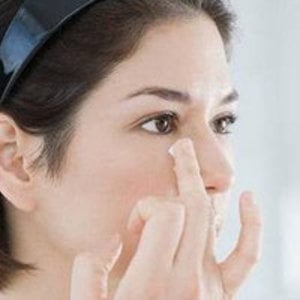
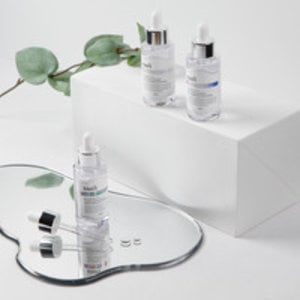











 Teenager
Teenager Student
Student Karriere (Suche)
Karriere (Suche) Party!
Party!
 Im Flugzeug
Im Flugzeug Reisen freundlich
Reisen freundlich Tagesausflug
Tagesausflug
 Postkarten
Postkarten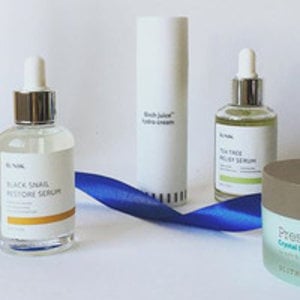 Beauty gifts
Beauty gifts <3 Gift Card
<3 Gift Card
 7-Skin Method
7-Skin Method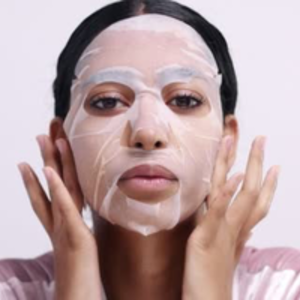 1 Day 1 Mask
1 Day 1 Mask Best of K-beauty
Best of K-beauty Face Gym
Face Gym Glass skin
Glass skin
 Haru Haru Exclusives
Haru Haru Exclusives Fashion & Lifestyle
Fashion & Lifestyle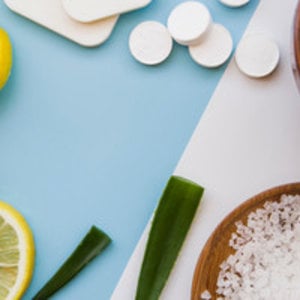

 1. Reinigung
1. Reinigung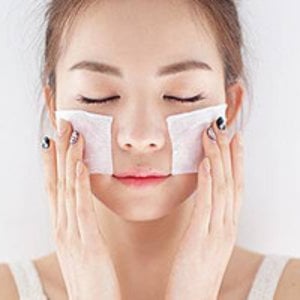 2. Toner
2. Toner 3. Augencreme
3. Augencreme 4. Treatment / Boost
4. Treatment / Boost 5. Hydratation
5. Hydratation 6. Sonnenschutz
6. Sonnenschutz 6. Nachtpflege
6. Nachtpflege
 Hauttyp - Normal
Hauttyp - Normal Hauttyp - trocken
Hauttyp - trocken Hauttyp - Ölig
Hauttyp - Ölig Hauttyp - Kombi
Hauttyp - Kombi Hauttyp - Empfindliche
Hauttyp - Empfindliche Hautprobleme - Dehydriert
Hautprobleme - Dehydriert Hautprobleme - Pigmentierung
Hautprobleme - Pigmentierung Hautprobleme - Akne
Hautprobleme - Akne Hautprobleme - Falten
Hautprobleme - Falten
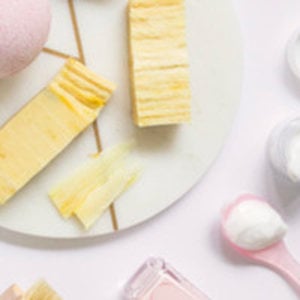 Wie viel sollte ich verwenden?
Wie viel sollte ich verwenden? Anwendungen und Abwicklungen
Anwendungen und Abwicklungen Sequenz und Wartezeiten
Sequenz und Wartezeiten Maskenrichtlinie
Maskenrichtlinie Recycle & upcycle
Recycle & upcycle
 Natürlich vs. synthetisch
Natürlich vs. synthetisch Clean vs. dirty beauty
Clean vs. dirty beauty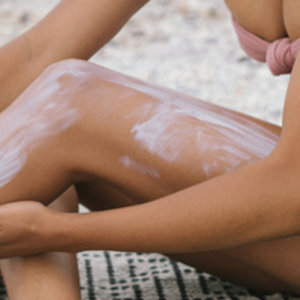 Mineraler vs. chemischer UV-Filter
Mineraler vs. chemischer UV-Filter Offene und geschlossene Poren
Offene und geschlossene Poren Öle sind schlecht für fettige Haut
Öle sind schlecht für fettige Haut No makeup, no double cleansing
No makeup, no double cleansing Keine Sonne, kein Sonnenbrand
Keine Sonne, kein Sonnenbrand Gruselige Säuren
Gruselige Säuren Fettige Haut, keine moisturizer
Fettige Haut, keine moisturizer
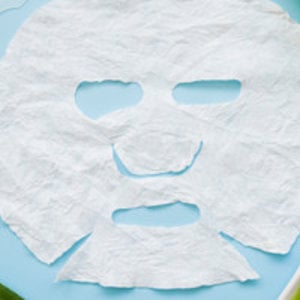 Sheet Masking Tips
Sheet Masking Tips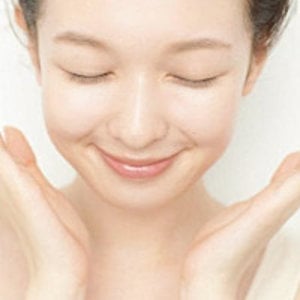 7 Skin Method
7 Skin Method
 Pigmentierungen & Mattheit
Pigmentierungen & Mattheit Falten & Zeilen
Falten & Zeilen Akne & Pickle
Akne & Pickle Vergrößerte Poren
Vergrößerte Poren Ölkontrolle
Ölkontrolle ⤷ Talgproduktion
⤷ Talgproduktion
 Zutaten
Zutaten Glossary
Glossary FAQ: kbeauty
FAQ: kbeauty FAQ: Hautrpflege
FAQ: Hautrpflege Workshops
Workshops
 Haut typ quiz
Haut typ quiz Routine quiz
Routine quiz Akne quiz
Akne quiz

